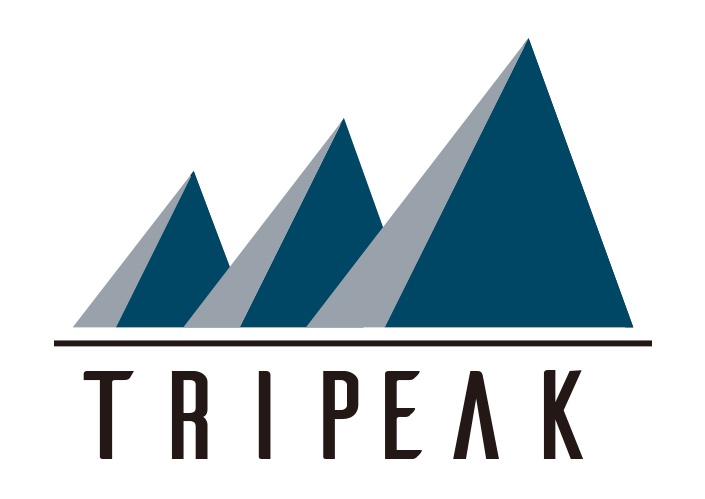This article is devoted to the actual problem of searching for and choosing a liquidity provider. I also list the main parameters by which these providers should be assessed.
To my mind, it’s worth mentioning that searching for a prime broker or a liquidity provider should be the defining challenge in building a successful model of a new or existing business. It is no secret that most companies contact at least three providers before making a final decision.
In the beginning, you should be certain about WHAT market participant you or your company represent. Accordingly, prepare to answer these questions:
-What exactly does your company or you do? Identify yourself with one of the categories:
A) an individual trading for himself
B) an individual or company trading its own funds or the funds of investors
C) a brokerage company offering Forex
-How do you trade?
● How long have you been in business, and with whom/what you have already worked?
● How much profit do you make per month (standard lots)?
● What amount per click do you usually send in the market?
● What are the details of your trading style (regarding trading for your customers)? This question may seem untactful, but it is extremely important. You can save a lot of time, for example, saying that you are an investment fund that uses high-frequency strategies, thereby reducing the potential number of possible suppliers.
● If you are trading using algorithms, do you have a server in the main data centers?
● What platform do you use for trading (your own and trading via FIX API, MT4, XWTrader and so on)?
This is how I see a perfect letter (or preparatory information for a conversation):
“Hello, my name is Sergey. I’m the director of the investment fund Invest Sergey. We are registered under the Cyprus jurisdiction to perform investment activities. We have been in the Forex business since 2013, and we concurrently export/import olive oil. We trade only EURUSD and sometimes AUDNZD, 30-40 lots per click usually in the Asian session, hold from 10 minutes to a couple of days.”
Here are some more detailed questions and topics to discuss with any future partner:
– What trading interfaces are offered by the Prime Broker?
This is one of the options for which the number should alert you. If the broker offers more than 5 platforms, it is worth considering the size of the company. Brokers should have very large teams to provide support for all these interfaces.
– Configurable trade flow
Some systems are sensitive to spread, some to unfiltered quotes. How easily will the Prime Broker be able to simulate the trade flow, convenient to the client?
– Statistics on negative and positive slippage
This important, determining component will allow you, for example, to precisely calculate your future profit or loss. These statistics will also allow you to objectively assess compliance with the proposed conditions of the Liquidity Provider. Ninety percent of the trades executed without slippage can be only under the condition that the statistic is based on a nonvolatile timeframe of a few hours.
– Location of data centers and open disclosure of latency maps
If you live in a small village deep in Siberia and do not have a VPS server in a data center of the liquidity provider, you should not count on a 200 millisecond execution.
This is a totally standard list of questions which one should ask a very interested client. As a rule, during the conversation, the nuances are identified, and as a result, you create a long-term productive cooperation.
Good luck in your search!
